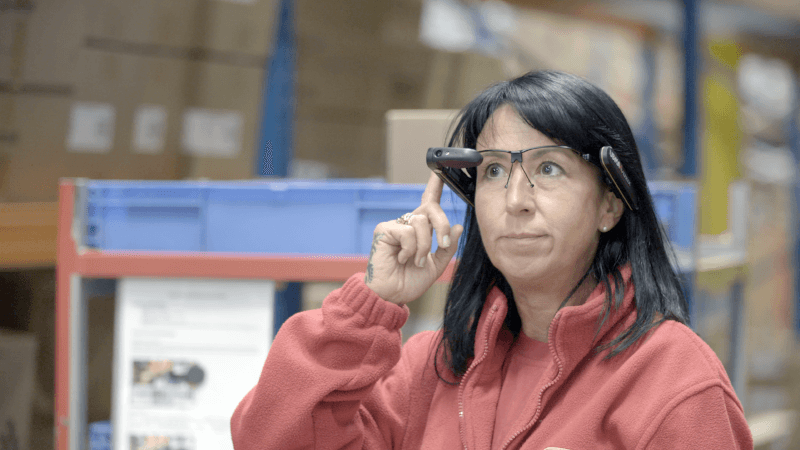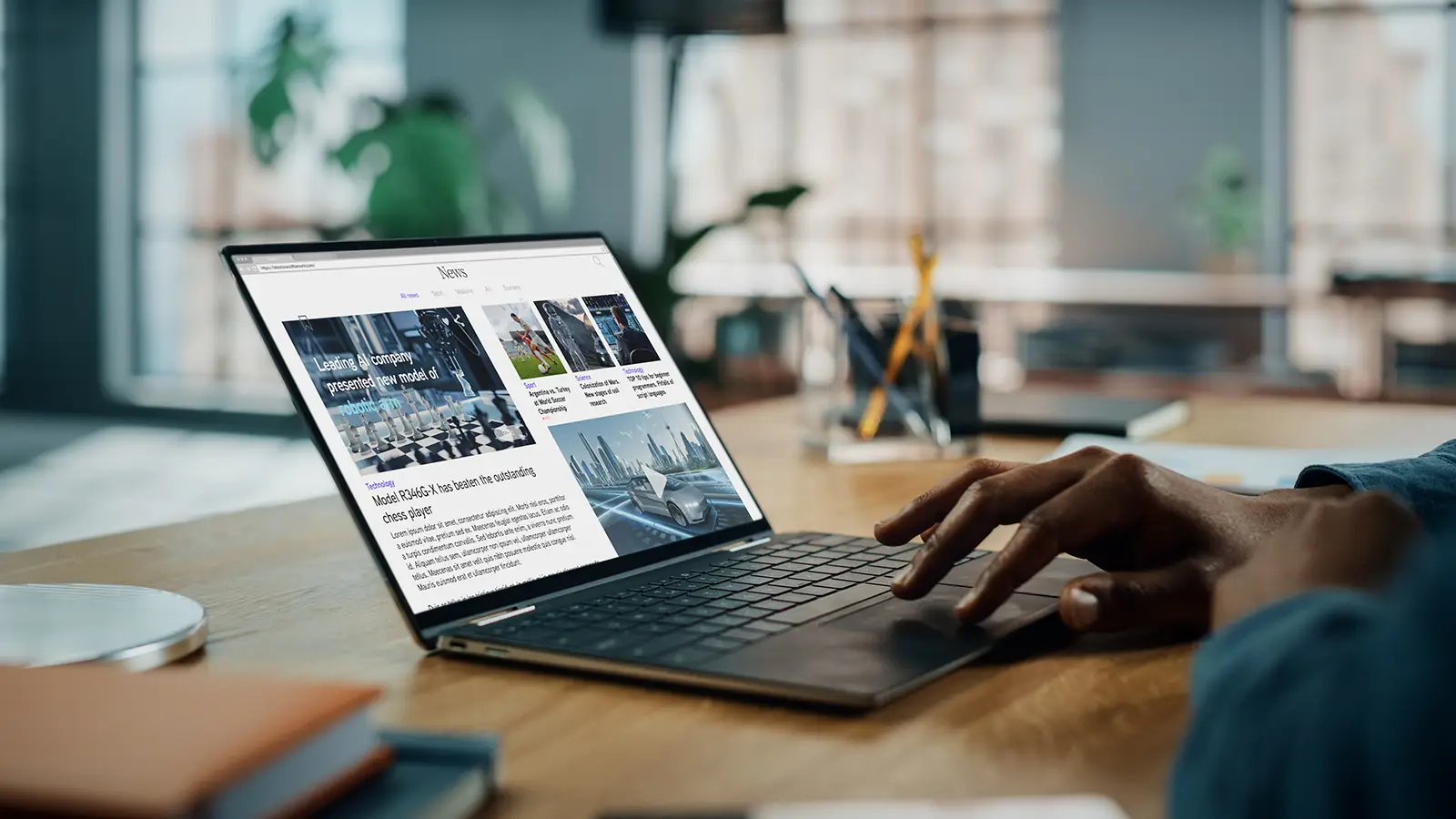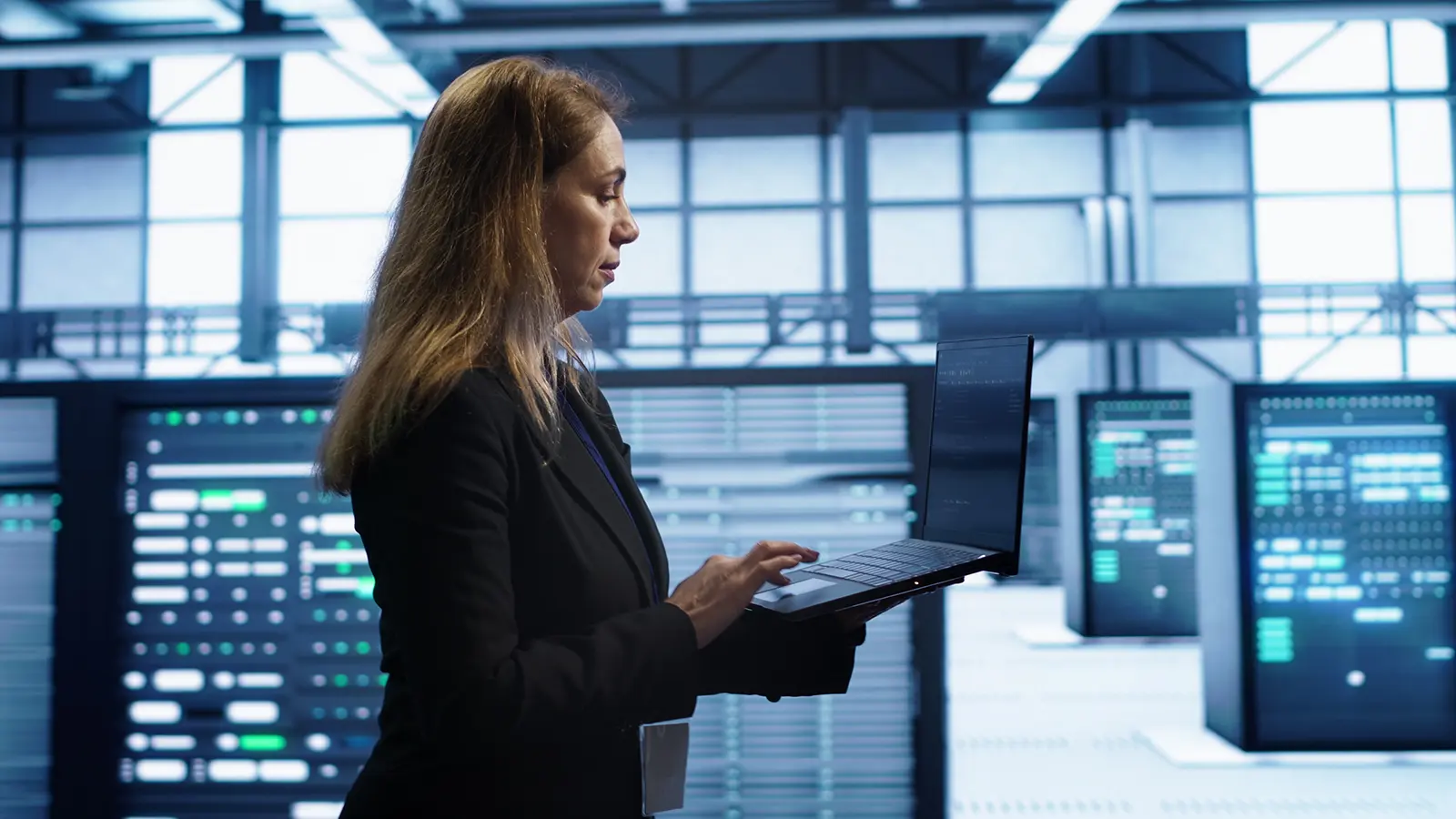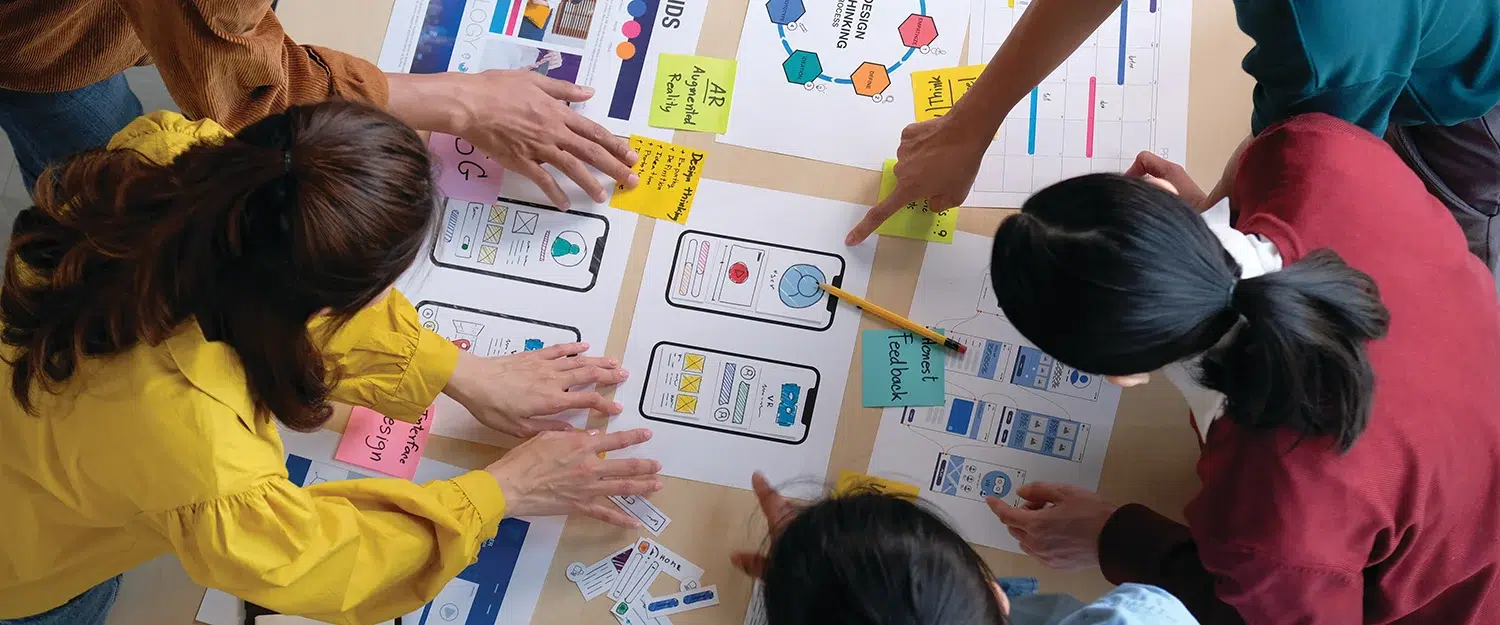Augmented reality, voice interfaces, and the Internet of Things are driving global supply chains into the future
DHL’s Vision Picking solution
In today’s fast-paced business environment, companies are expected to have real-time visibility of their inventories and deliver goods at Amazon-like speeds. While emerging technologies such as augmented reality (AR), voice interfaces, and the Internet of Things (IoT) have entered the consumer mainstream, enterprises are beginning to explore how these new tools can enhance value and solve problems. One major area in which we’re seeing enterprises effectively utilizing new tech is supply chain logistics.
As costs continue to drop for these advanced technologies, more and more logistics providers are turning to them to increase visibility, optimize warehouses, reduce errors, meet regulations, and fulfill customer orders anywhere, anytime. The following are some of the emerging technologies leading the pack:
Augmented Reality
Augmented reality was the marquee tech trend of 2016, with the wildly successful Pokemon Go app and launch of Microsoft’s Hololens. Excitement continues to surround the technology as advancements are made, such as iOS11’s ARKit. The use of augmented reality is expected to have a profound impact on practical business use-cases, especially in terms of supply chain and logistics. Order picking accounts for 40 to 50 percent of warehousing and distribution operating costs, and companies are constantly looking for ways to increase efficiency with regards to this aspect of the supply chain.
Early industry leaders include DHL’s Vision Picking solution. The smart glasses display order picking instructions along with information on where items are located and where they need to be placed on a cart directly in the user’s field of vision. This frees pickers’ hands of paper instructions and allows them to work more efficiently and comfortably. The pilot was developed with three technology partners: Ubimax provided the AR software xPick, whereas the recently announced Glass Enterprise Edition and Vuzix M100 and M300 glasses were used as hardware. The international trials have shown an average improvement of productivity by 15 percent and higher accuracy rates, as well as shorter onboarding and training times.
Freight loading is another area of the supply chain that DHL has studied AR solutions for. Freight loading is a major aspect of any supply chain, but is a laborious and tedious activity. Employees need to maximize space in a given truck and often have to follow printed instructions on how to load the container correctly. This is a time-intensive process, and in the logistics industry, time is critical. Employees equipped with AR devices can view real-time instructions on how to load the vehicle. A solution like this will speed up the freight loading process, saving time and money.
Voice Interfaces
Earlier this year, in the first post of our emerging tech trends series, we discussed the evolution of voice technologies and the impact they will have on daily life and a wide range of industries. The fast progression and investment of major tech companies in voice interfaces such as Amazon’s Alexa, Google Voice, and Microsoft’s Cortana have made this all the more apparent. Supply chain and logistics is one industry already reaping benefits from this emerging tech. Voice interfaces offer warehouses and distribution centers a frictionless solution.
At Mission Data, we built a proof of concept for Well Woven, a rug manufacturer and distributor, using Alexa. The goal was to improve employee efficiency of the picking process. We developed an Alexa skill that allowed employees to simply ask how much of a particular SKU was available and where that particular unit was located in the warehouse. For example, an employee would ask, “Alexa, how much of item 7354 is in stock?” or “Alexa, what aisle is item 3254 located?” Alexa would then respond with the appropriate answer. Hands-free solutions like this are becoming increasingly popular across supply chains and the retail industry, and are transforming employee productivity and operational processes.
The Internet of Things
The IoT is maturing fast and transforming industries in dramatic ways. Businesses that rely on end-to-end cold chain operations, from food service to pharmaceuticals, can leverage the IoT to monitor temperature and other environmental conditions to ensure their products reach consumers safely. From manufacturers to transportation, distribution centers, and stores, temperatures need to be monitored at all times along the supply chain.
At Mission Data, we’re pleased to offer our new IoT platform, OpSense, which can actively monitor conditions within a warehouse, on a truck, or within a store or restaurant. For example, temperature monitoring sensors can be placed at critical control points in each vehicle and facility throughout a company’s supply chain. The sensors continuously monitor temperatures and if a temperature in a given location breaches a predefined threshold, then an alert is triggered and sent to appropriate team members via SMS text or email so that the issue can be investigated. Additionally, the data from the sensors is constantly uploaded to the cloud and stored for as long as needed. Corporate and management can analyze historical reports to determine how efficiently their supply chain is operating, in terms of keeping food safe. OpSense is based on technology we developed with Kroger, the nation’s largest grocer, which was ultimately rolled out to thousands of stores nationwide, delivering a 5:1 ROI.
Deploying an emerging tech solution takes significant resources, strategic planning, and an expert technology partner. If your business would like to learn more about leveraging new technologies to improve operational efficiencies, reduce costs, and increase peace of mind, please reach out to us at [email protected]. We would love to hear from you.











